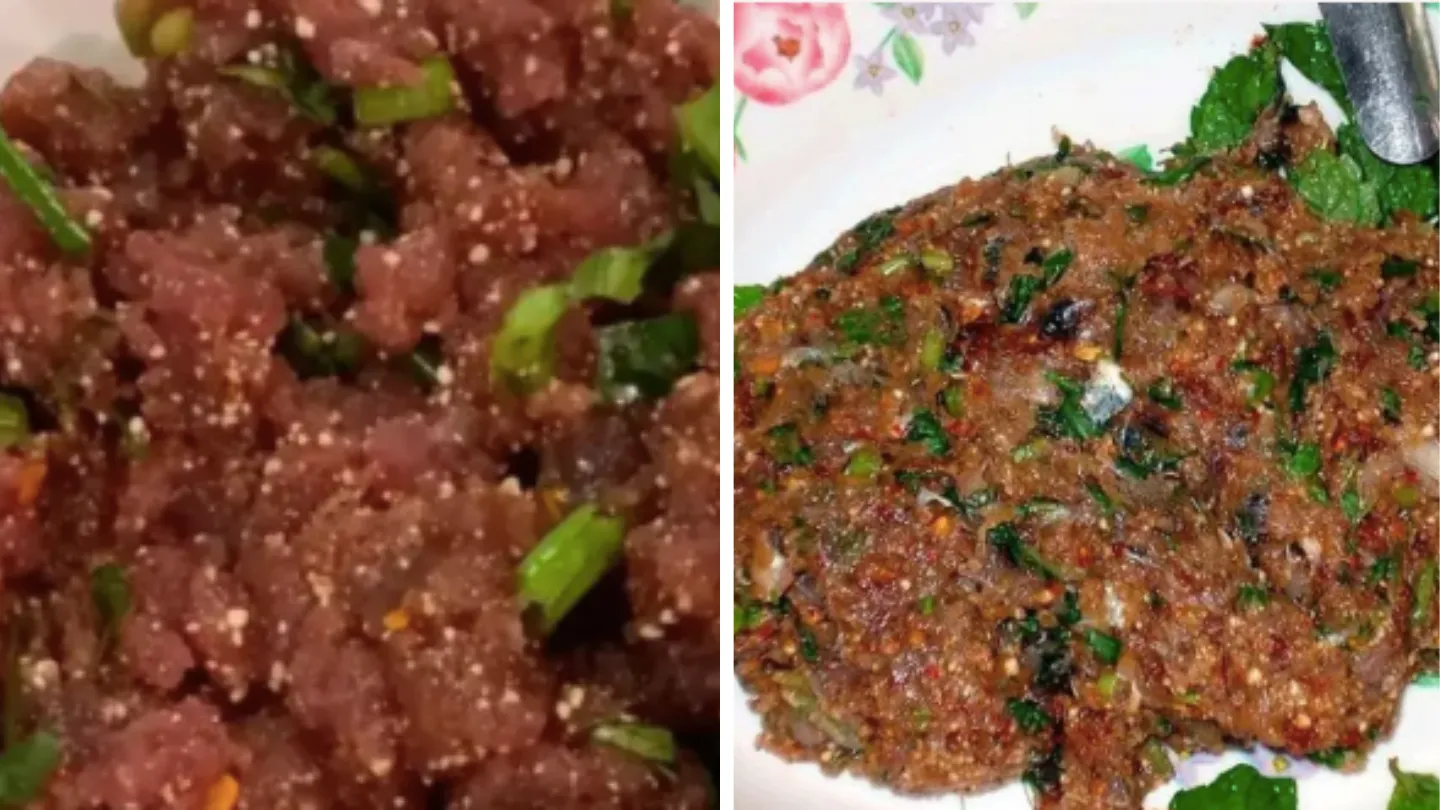The northeastern Thai community prepares Koi Pla fish dishes in their natural environment but its local delicacy has attracted the attention of health experts because of fatal aspects discovered in this meal.
The traditional Koi Pla dish which consists of fish mixed with spices and herbs along with lime juice functions as a typical food item throughout the Isaan region.
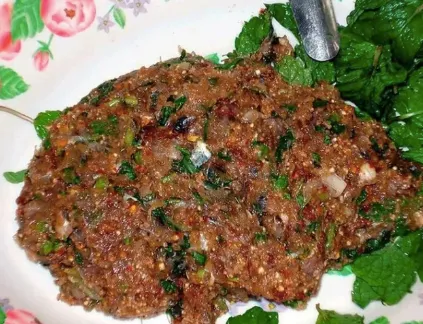
Although Koi Pla looks appetizing it presents a major medical concern because eating this dish leads to an unusually high occurrence of cholangiocarcinoma which proves to be fatal liver c*ncer.
The parasitic flatworms known as liver flukes present in freshwater fish used for Koi Pla generate the fundamental reason behind this health emergency.
The parasitic infection results in liver tissue destruction which creates a cncerous condition. Scientific research indicates that the regions which regularly eat Koi Pla demonstrate some of the world’s severe rates of cholangiocarcinoma.
The high frequency of liver c*ncer in the population has caused medical practitioners and scientists to educate populations about concealed dangers in their traditional diets.
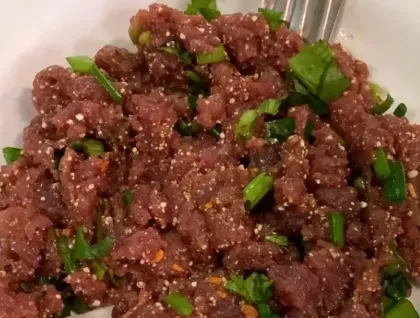
This fight has influenced Dr. Narong Khuntikeo to become a leading figure since he lost someone to this disease because of his expertise as a liver surgeon.
Today he directs a group of medical specialists who focus on this fighting effort. A group of experts travels between all regions of Isaan for health checks that rely on ultrasound tests to identify liver flukes in local residents.
Surprisingly, medical tests indicated that these parasites existed in 80% of patients throughout select communities.
Data demonstrates compelling evidence that highlights the necessity for dietary improvement combined with better food preparation practices.
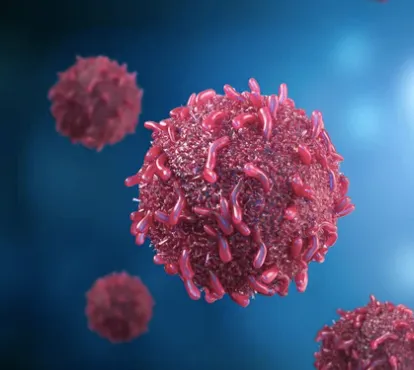
The effort to change long-established cooking practices faces substantial resistance because of its clear risks. People in the area resist altering their Koi Pla cooking methods since they view cooked fish as tasteless and texturally odd despite the parasites being killed.
Traditional attitudes of older residents combine with age differences to create increased resistance to recognizing health risks stemming from Koi Pla consumption.
The local educational programs exist to educate younger generations about fish consumption safety.
Health authorities seek to establish safer dietary preferences among children because they believe it might modify traditional food habits in the coming years.

Credit: (CanvaPro)
Cholangiocarcinoma treatment in Isaan requires balancing medical necessity with community tradition to fight the disease effectively.
As Dr. Khuntikeo and his team continue their work, they face the monumental task of transforming deeply ingrained eating habits to save future generations from the “silent killer” that has plagued their community for too long.
The interconnected world emphasizes how traditional customs of Koi Pla demonstrate extensive health consequences.
The solution emphasizes both the importance of education initiatives along with community involvement when dealing with public health issues.
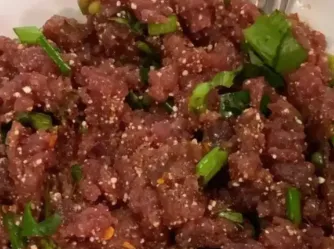
Credit: (Wikimedia Commons)
The battle against cholangiocarcinoma caused by dietary habits demands multiple strategies encompassing medical study coupled with public health initiatives as well as cultural understanding of local food habits to achieve substantial change.
They hope to eliminate toxic exposure from this regional culinary practice as Thailand continues its current health-awareness initiatives.
Feature Image Credit: (Wikimedia Commons) and (CanvaPro)

